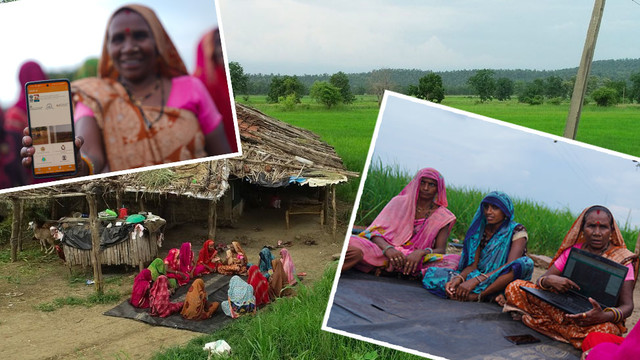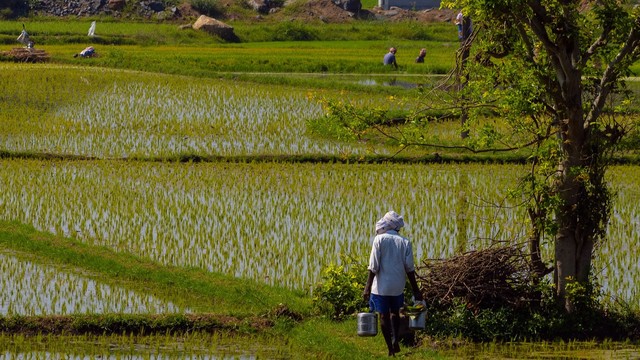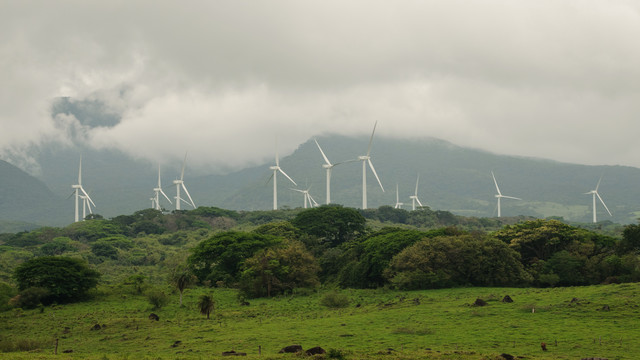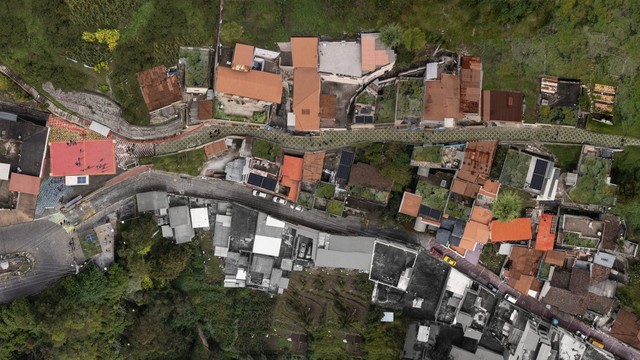Recognising the concerns of women and girls can improve the effectiveness of climate change adaptation
Including the perspectives and experiences of women and girls in monitoring and evaluation can lead to better outcomes for climate change adaptation measures, IIED research has found.


A girl in Pakistan collects rainwater for washing (Photo: Copyright Fawad Khan)
There has been much discussion on how to assess whether climate change adaptation is effective. IIED has been carrying out research with partners to try and further our understanding as part of the Tracking Adaptation Measuring Development (TAMD) initiative.
Our focus has been on whether adaptation measures are helping to build local community resilience to stresses and shocks, and we have been keen to ensure that the views of women and girls are included in our assessment. The project is also looking at how to integrate climate change adaptation into local planning systems, and how different approaches contribute to assessing resilience and changes in wellbeing.
Through pilot projects in six countries – Nepal, Pakistan, Mozambique, Kenya, Cambodia and Ethiopia – we have been able to gather evidence and ideas on how to include the concerns of women and girls in our monitoring and evaluation (M&E).
This has been in three main areas: involving women and girls in M&E activities, including the effects on women and girls in a theory of change and including indicators that specifically address the impacts on women and girls, as highlighted in this IIED briefing.
A gender-sensitive process
Participation – involving communities and local people in projects and their evaluation – is an important part of assessing climate change adaptation. It ensures that any unintended consequences can be picked up through discussions with the community as well as adding local understandings and perceptions to any trends identified through quantitative data.
In many of the countries where IIED and partners have been working on TAMD, there are social and cultural barriers that prevent the full involvement of women in community discussions or focus groups.
To address this issue, many of the projects held separate focus groups with women in a space where they were able to speak freely, so as to be able to hear more about their concerns and their ideas for building resilience. This not only involved meeting with the women separately but also integrating the concerns they raised into broader discussions. In some of the project work with local governments, places were reserved for women on decision-making committees.
Gender and theories of change
An important part of assessing the effectiveness of adaptation is linking the measures taken to the desired long-term goal, through a series of steps or building blocks. This is called a theory of change.
For example, through implementing rooftop rainwater harvesting in Pakistan there is increased water available for household and community activities. This means schools can have functioning toilets, and this in turn means girls are more likely to go to school as they can use the toilets. This in turn leads to increased educational levels among girls, which is linked to a community having better ability to recover from unexpected droughts, floods and other severe weather events.
Sometimes several pathways can support the same outcome. So for example, rainwater harvesting not only helps improve the toilet facilities at schools, it also means that the girls have more free time to attend school as they don't need to spend so much time fetching water.
This example from Pakistan shows how paying attention to how particular interventions impact on women and girls provides a more complete picture. This is why it is important to include the gender dimension explicitly in the theory of change – the impact on women and girls can be checked as the project is being implemented and the building blocks that need to be in place for this can be fully supported.
Gender, indicators and data
Using a gender lens when choosing indicators and assessing data can be really valuable. Collecting and analysing disaggregated data can show the differing impacts on women and men, but it is also important to consider how the intervention in question changes women's and men's lives. It may, for example, alter the power dynamics between women and men, or the way they interact with each other.
Other important aspects to consider are how the changes in resilience and well-being differ across all social groups, and if the data collected allows these differences to be tracked.
Finally, if M&E systems are to be sustainable, they need to build on data already collected through government systems, making it important to consider (and to support if not already available) what gender-disaggregated data are already collected. This is a more sustainable approach as the data needed to analyse change over time will be institutionalised into a system and will not disappear when a project ends.
Supporting gender equality
Using an M&E system such as TAMD requires an understanding of the context of gender relations and the gendered experiences of specific climate hazards in order to ensure appropriate indicators are used.
These need to be designed to track gender relations and ultimately support better climate change responses for both men and women. Although disaggregating impacts and including gender-sensitivity in processes does not necessarily lead to gender equality, the evidence can be of value, allowing a more informed approach to adaptation planning.



